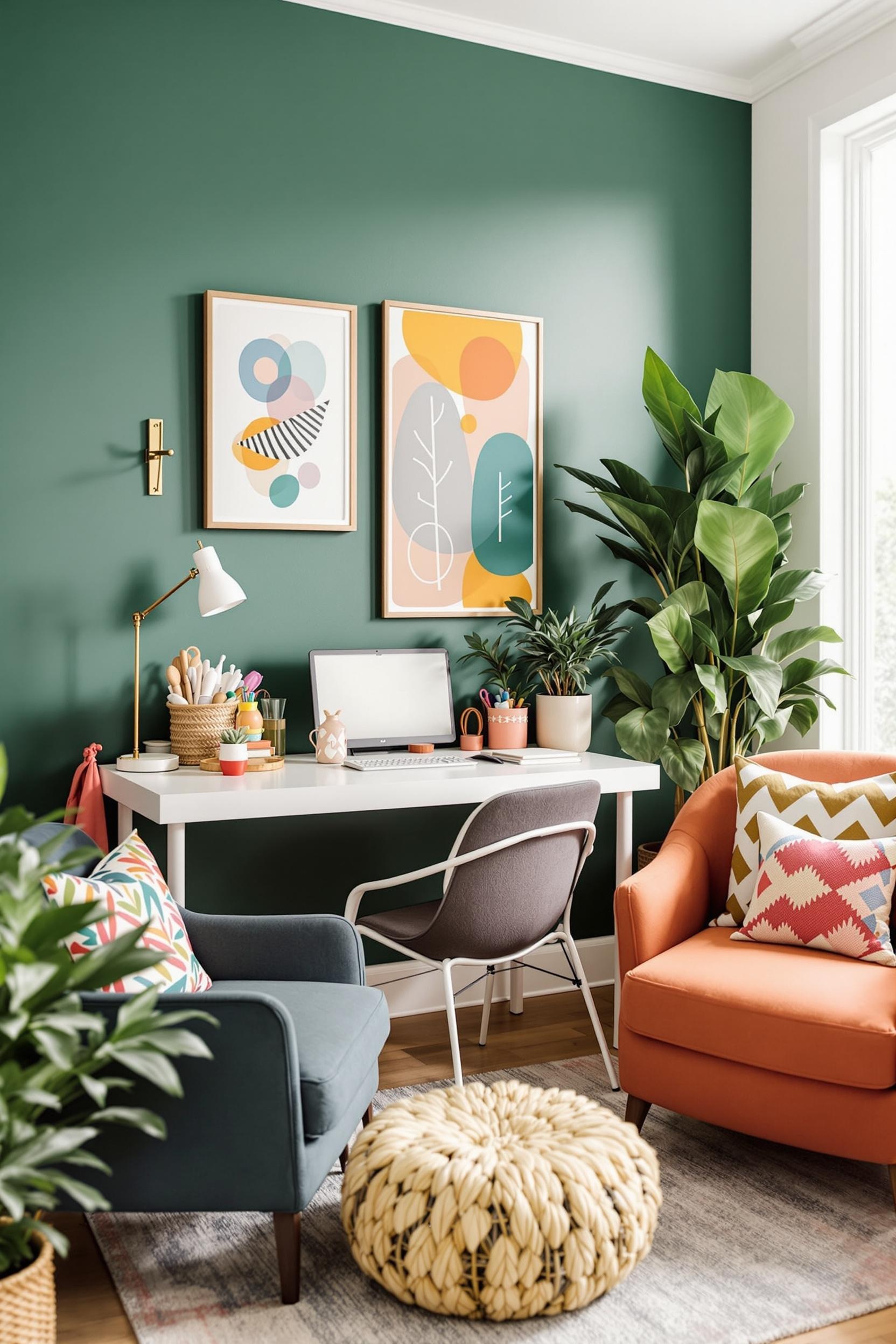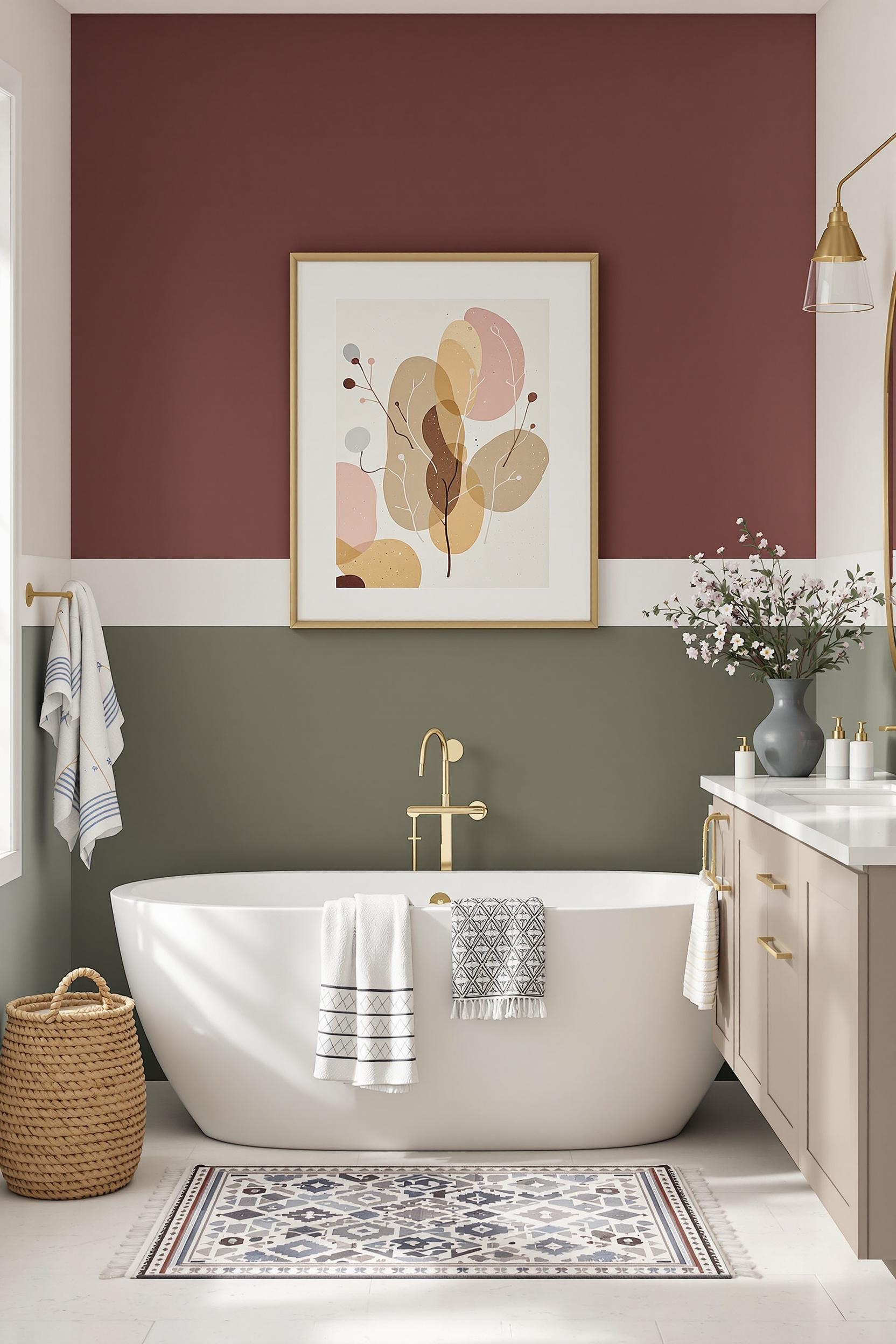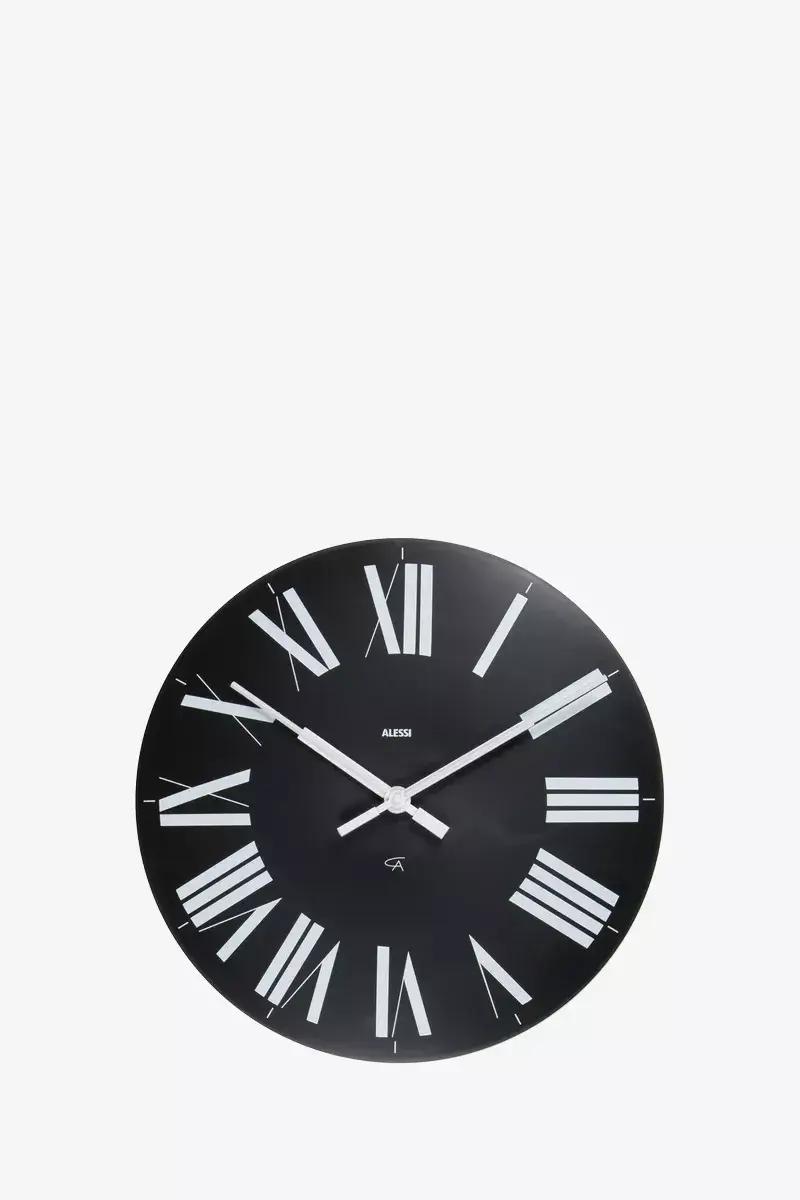
Room Color Zoning Ideas: Transform Your Space with Bold, Functional Design
Have you ever walked into a room and felt unsure of where one area ended and another began? A dining chair might sit inches from a sofa, blending work, play, and relaxation without clarity. That’s where room color zoning ideas come in—a powerful yet simple way to define space, enhance mood, and add personality to your home. Whether you’re living in a compact studio or an open-concept home, color zoning provides structure without the need for physical dividers.
I’ve spent years helping clients—and myself—bring balance, elegance, and clear functionality into every room through creative paint placement and strategic tones. These color blocking interior design methods are especially useful in minimalist color palette homes, where seamless design and intentional purpose walk hand in hand. In this post, I’ll guide you through stylish, modern color zoning ideas that combine psychology, aesthetics, and layout to transform your rooms.
Understanding Room Color Zoning and Why It Matters
Room color zoning is all about defining specific functions within an open space using color. Instead of walls or rugs, well-placed paint lines, accent walls, or two-tone finishes define spaces for work, dining, sleep, and socializing. This is especially helpful in open floor plans where structure can sometimes feel lost. Color serves as a powerful visual cue, guiding movement while influencing feelings and focus.
According to research from Trico Painting, cool hues like sage green or dove blue cause walls to recede, making rooms appear more expansive. Warmer tones like cinnamon or clay draw attention and create cozy zones for social interaction. Using these tricks, color becomes the building block of visual structure.
Color Zoning in Action: Room-by-Room Strategies
Color Zoning Ideas for Living Rooms
Start small by transforming your living room with contrasted blocks of color to highlight your TV/viewing area versus a reading nook or play area. I love the effect of defining a lounging section in pale gray contrasted with terracotta behind a slim console to create a warm, grounded vibe.
Bedroom Color Zoning Techniques
A bedroom needs to feel restful but still allow room for wardrobe management, reading, or even a small workspace. In a recent project, I applied a calming gradient wall behind a bed using pale mauve fading into light taupe. Using color zoning in the bedroom allows subtle transitions between sleep and prep zones without overwhelming calm energy.
Minimalist Color Zoning in Your Home Office
While working from home, you’re always balancing focus and comfort. I recommend painting the wall behind the desk in a darker grounding tone like navy or charcoal while keeping the rest of the space white or light gray. Check out this brilliant inspiration from my home office color zoning makeover where zoning created visual calm and boosted productivity.
Color Zoning in Kitchens and Dining Spaces
Kitchens and dining areas can benefit from tone-on-tone color blocking. A lighter paint around cooking surfaces with a splash of bolder hues around shelving or under cabinets adds dimension and hierarchy. In minimalist homes, lighter cabinetry paired with bold backsplashes offers subtle but effective zoning.
Color Zoning Ideas for Small Apartments
Small space decorating? Color zoning in small apartments is your best friend. Paint the sleeping area in a cool tone like mist blue while defining a compact living corner in warmer sandy beige. It gives illusion and function—without needing partitions or bulky furnishings. In one studio, I used geometric shapes across shared walls to communicate clear function for dining, lounging, and sleeping—all while keeping things visually light.
Psychology of Color Zoning
Let’s break it down by color—each one you choose impacts the mind differently. Use this guide to tailor colors to each room based on mood and function:
- Red: Energizes and stimulates. Great for dining spaces or home gyms.
- Blue: Calm and focus. Ideal for bedrooms, offices, or reading nooks.
- Green: Balancing and restful. Perfect for multipurpose living rooms and home offices.
- Gray and white: Neutral and clean. Use as base tones for minimalist interiors or to visually slim a space.
Creative Color Blocking Tips to Try Today
- Use vertical color blocks to elongate walls and heighten ceilings.
- Define spaces using contrasting wall colors, such as sandy white in one corner and emerald green in another.
- Try two-tone wall effects or DIY paint shapes to map each area’s mood and purpose.
- Piece together room dividers painted in color-themed blocks for a dynamic, movable solution.
Want even more minimalist brilliance? Explore soft pastel palettes or the rugged tones from the 2025 Benjamin Moore Color Report.
Real-Life Example: Full-Scale Zoning in My Loft
In my own open-plan loft, zoning became essential. I used a dusky blush tone for the dining wall, contrasting with creamy linen surrounding the soft seating area. Accent furniture and minimal art aligned with each section’s palette.
To distinguish work from play in a single space, I painted a floor-to-ceiling block behind my desk in rich sage, without pushing the furniture against the wall. This approach is inspired by tricks from small apartment transformation strategies that I’ve learned and loved.
FAQs: Room Color Zoning Ideas
What Exactly is Room Color Zoning?
Room color zoning uses intentional color placement to separate spaces visually. Instead of building walls, color becomes your blueprint for defining how each part of a room is used. Explore more strategic zoning concepts here.
How Can Color Zoning Help in Small Apartments?
In cramped layouts, color zoning gives shape and structure. Vertical blocks, like pale green sleeping spots over beige kitchens, make small rooms more functional. My go-to reference? Transform tiny apartments with zoning.
What Are the Best Colors for Minimalist Color Zoning?
Stay within softened hues. Think muted neutrals like soft pastels, soft greens, sink grays, and tonal whites. These colors offer elegance without sacrificing the clarity of each function.
Can Color Zoning Work in Open Floor Plans?
Yes! Open floor homes thrive on paint-based separation. Add cohesion across zones using complementary palettes. Separate the living from the kitchen without building anything new. I explain more here in this guide.
How Do I Start Implementing Color Zoning?
Pick one activity corner. Try a statement wall behind your desk or behind your dining table. Go from there. Consider accent wall techniques or invest in painted decor to ease the process.
Transform Your Home Today: Color Zoning Magic Unleashed!
Ready to refresh your home with effortless style? It all begins with color. Let strategic zoning through bold paint do the hard work of designing your space.
Start Your Color Zoning Journey: Free Design Guide
Want professional design magic—for free? Grab my exclusive Color Zoning Design Guide instantly.
- Room-by-room visual blueprints
- Psychological placement tips
- Budget-friendly methods
- Ideas for small studios to large open floor homes
Personalized Color Zoning Consultation
Need custom advice? I offer personalized consultations tailored to your layout, palette, and goals. Whether you have a tiny guest space or sprawling penthouse, get your own plan today.
Join the Color Zoning Movement
Be part of the design shift that’s turning average homes into intentional works of art. Receive emails with monthly design tips, early-access resources, and exclusive content.
Get Your Free Color Zoning Guide Now!
From modern color zoning ideas to color zoning trends for minimalist homes, this guide covers everything you need to get started and stay inspired. Don’t settle for vague, undefined spaces. Empower your environment through color—one wall at a time.
Let’s make your home functional, beautiful, and totally you.






